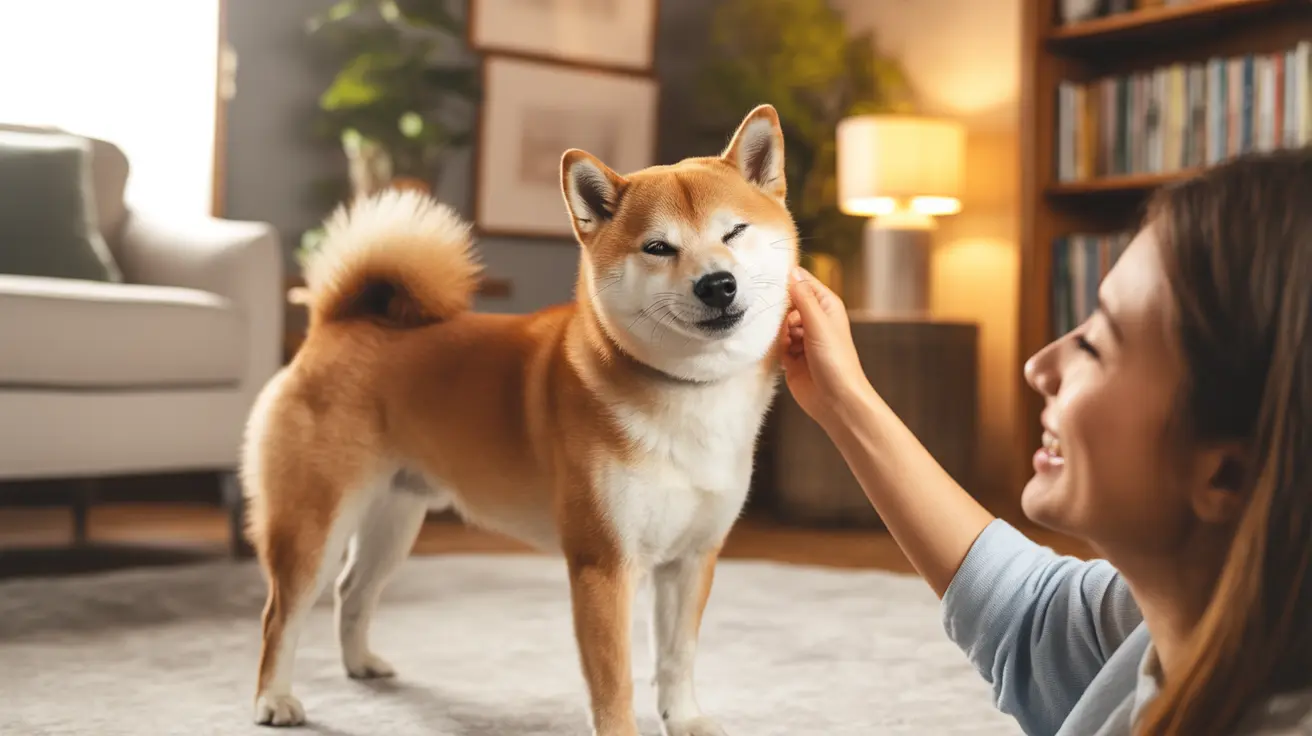The Science Behind Dog Winking
Dogs have developed sophisticated ways of communicating with humans over thousands of years of domestication. Their ability to use facial expressions, including eye movements, has evolved to help them better interact with their human companions.
Research shows that dogs use eye contact and facial expressions deliberately in social situations. They're particularly adept at reading and responding to human facial cues, often showing more skill in this area than even our closest primate relatives.
Common Reasons Why Dogs Wink
Social Communication
Dogs often use winking as a calming signal or appeasement gesture. When your dog winks at you, they might be trying to communicate that they're friendly and non-threatening. This behavior can be particularly common during moments of gentle interaction or when they're seeking attention.
Learned Behavior
Many dogs learn to wink through positive reinforcement. If you've responded with excitement, treats, or attention when your dog has winked in the past, they might repeat the behavior to earn similar rewards. This demonstrates their remarkable ability to learn and adapt their behavior based on human responses.
Physical Needs
Sometimes, winking serves a practical purpose. Dogs might wink to:
- Clear debris from their eyes
- Relieve minor irritation
- Moisten their eyes
- React to allergies or environmental factors
Health Considerations
While winking is often harmless, it's important to monitor the frequency and context of this behavior. Excessive winking, especially when accompanied by other symptoms, might indicate an underlying health issue that requires veterinary attention.
Warning Signs to Watch For
Be alert if your dog's winking is accompanied by:
- Redness or inflammation
- Eye discharge
- Pawing at the face
- Visible discomfort
- Changes in eye appearance
Building Trust Through Eye Contact
Positive eye contact, including gentle winking and blinking, can help strengthen the bond between you and your dog. When your dog feels comfortable enough to maintain soft eye contact and occasionally wink at you, it's often a sign of trust and affection.
Frequently Asked Questions
Why does my dog wink at me—are they trying to communicate something?
Yes, dogs often use winking as a form of communication. It can be a sign of affection, submission, or an attempt to diffuse tension in social situations. The specific meaning usually depends on the context and your dog's overall body language.
Can dogs learn to wink by mimicking their owners?
Yes, dogs are excellent at mimicking human behavior through a process called isopraxism. If you frequently wink at your dog, they may learn to replicate this behavior, especially if it results in positive attention or rewards.
Is frequent winking a sign of an eye problem in dogs?
While occasional winking is normal, frequent or excessive winking might indicate an eye problem. If you notice unusual winking patterns or additional symptoms like redness or discharge, consult your veterinarian.
How can I tell if my dog's wink is a friendly signal or a health concern?
Consider the context and accompanying body language. A friendly wink usually occurs during positive interactions and is accompanied by relaxed body language. Health-related winking might be more frequent and accompanied by signs of discomfort or eye irritation.
Can I teach my dog to wink on command as a trick?
Yes, many dogs can learn to wink on command through positive reinforcement training. However, it's important to ensure the behavior is comfortable for your dog and doesn't involve any physical manipulation of their eyes.
Understanding your dog's winking behavior can enhance your relationship and help you better interpret their needs and emotions. While most winks are harmless and even endearing, always stay attentive to any changes in your dog's eye health and behavior to ensure their wellbeing.






